I have 10A lab PSUs at work of which most don't support sinking current (they shut down on overvoltage). The sinking time I need is typically very short: a few A for less than 1 second, the time it takes to dissipate energy stored in inductive parts of the circuit I'm supplying.
I know I can preload a PSU with the worst-case sinking current, but at 10-20V even a couple of A of preload becomes problematic due to heat dissipation. Another approach I have seen is a big cap on the PSU output capable of absorbing the complete overvoltage peak. The downside is that the cap itself stores quite a lot of energy which makes any shorts in the load much more destructive in spite of the current limitation feature of the PSU.
I came up with the following external add-on for the PSU which seems to do what I want, except that I lose about 0.7V on the diode.
Aside from power dissipation (7W at 10A), the user must keep this voltage drop in mind at all times when setting the output voltage. It wouldn't be a problem for PSUs which support remote sensing, but most basic supplies don't.
Is there a better way of absorbing overvoltage peaks on PSU output?
